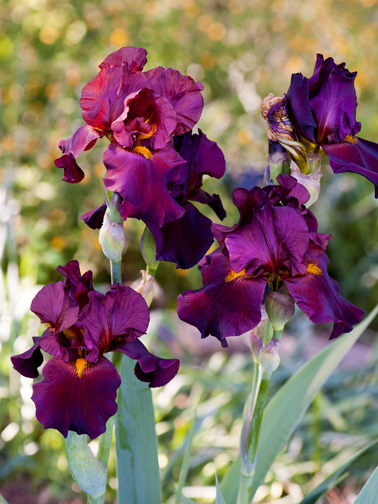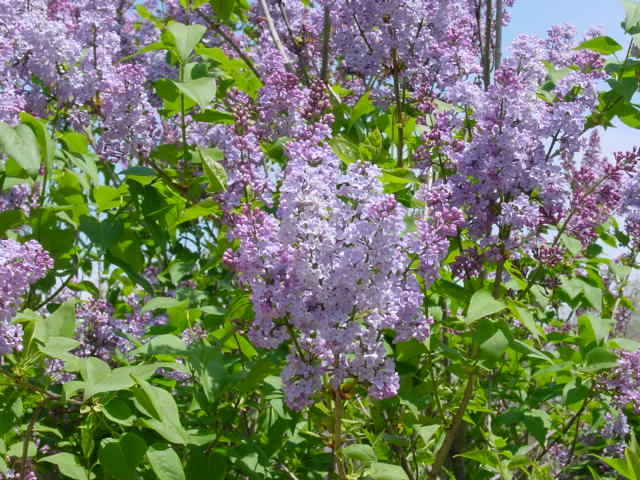Flowers in November
Did anyone else become puzzled to find their lilac blooming in November? During the last few weeks at our hotline here at Johnson County Research and Extension, calls were coming in asking, “Why are my spring flowers blooming?” It's important to remember that this is not an uncommon occurrence and is often a result of environmental stress.
When woody plants flower outside of their bloom time, they have been impacted by environmental stress. If you remember the temperatures and dry spell at the beginning of fall, it was extreme. It hadn’t rained in what felt like months, and the temperature was almost 80°F every day. Because of environmental stressors; lilacs, magnolias, flowering crabapples, and Callery pears will bloom in the fall. These conditions are rough for plants that aren’t adapted to handle long periods of extreme weather patterns.
Here in the KC Metro, the stressful conditions happen every year. However, spring flowering plants don’t bloom every year in the fall. So, is there another specific factor about this year that isn’t always present? Yes, it is insect pests and diseases. Insect feeding, powdery mildew, and Pseudocercospora leaf spot will add to the amount of stress a plant is receiving. Pseudocercospora infects the new leaves in the spring and will be present on the leaves for the whole season. When damage becomes severe, the plants will drop their leaves, and dieback can occur. Any disease or insect feeding that can damage leaves or stems will add another dimension of stress to your plant.
When woody plants that typically bloom in spring develop their flower buds in the summer, they usually require a period of cold to trigger the blooming process. Some plants need a long cold period, while many early bloomers can flower after a short cold snap followed by hot temperatures. However, adverse conditions can disrupt this physiological response, leading to early blooming outside the normal season.
Some plants are supposed to bloom in the spring and fall. Remontant iris and daylilies are examples of this. They have pretty blooms in the spring and a colorful surprise in the mid to late fall. Although, it is important to know that they might need some protection from the first frost day in the fall. And as you know from this past month, the first frost date doesn’t mean it will stay frosty for the rest of winter.

By Markis HIll, Ornamentals and Turf Horticulture Agent 2024
Return to Environment Articles